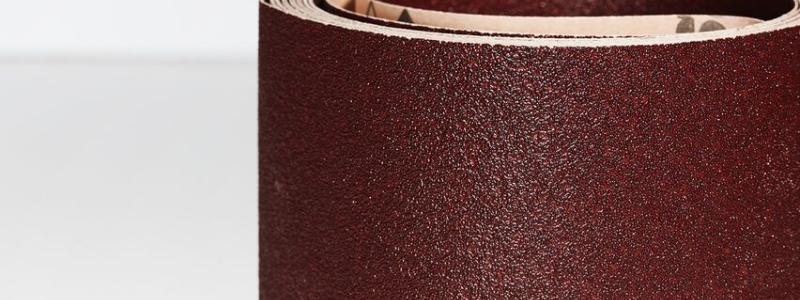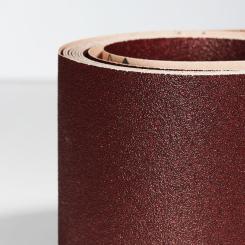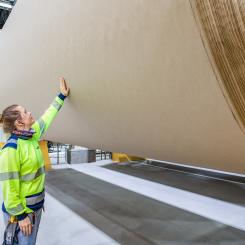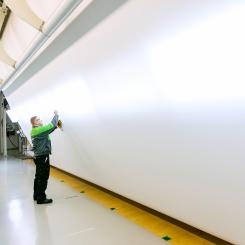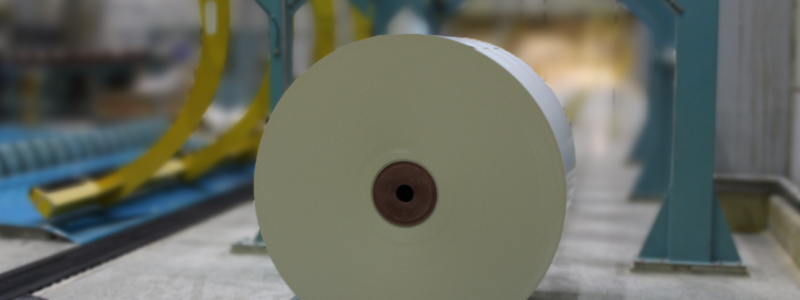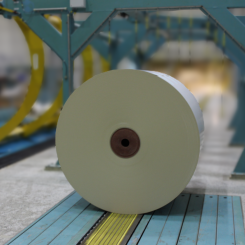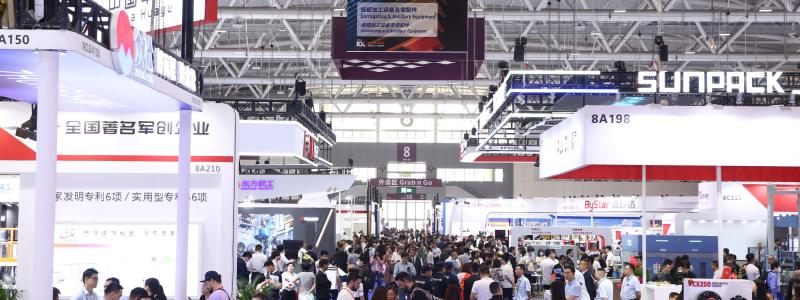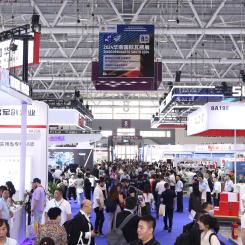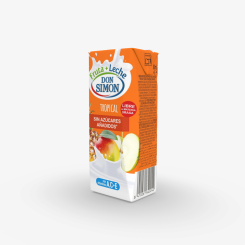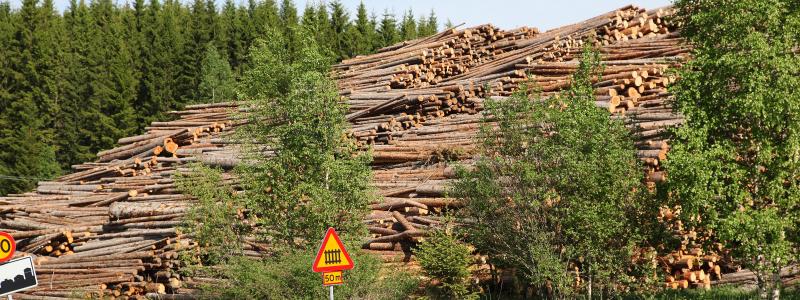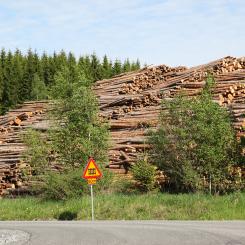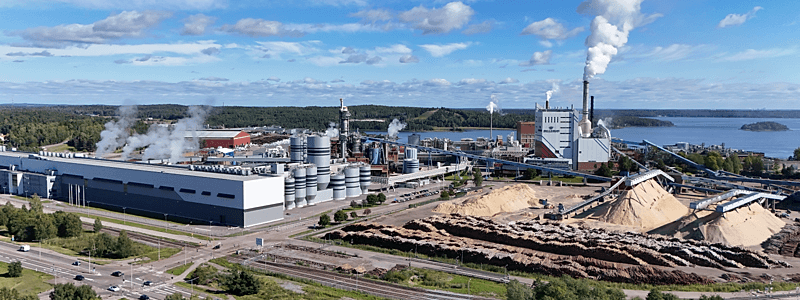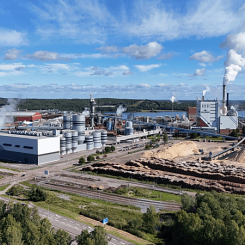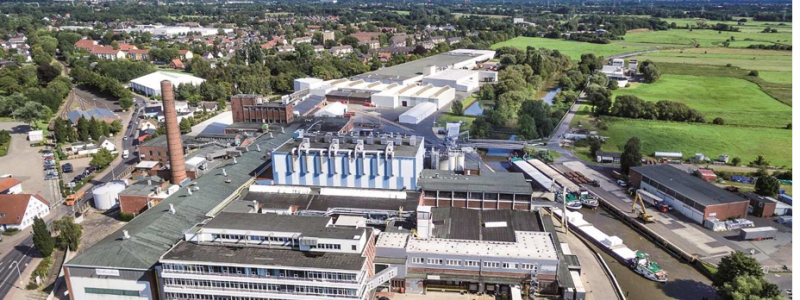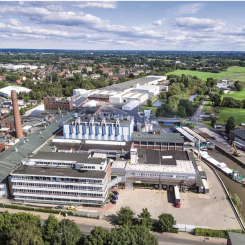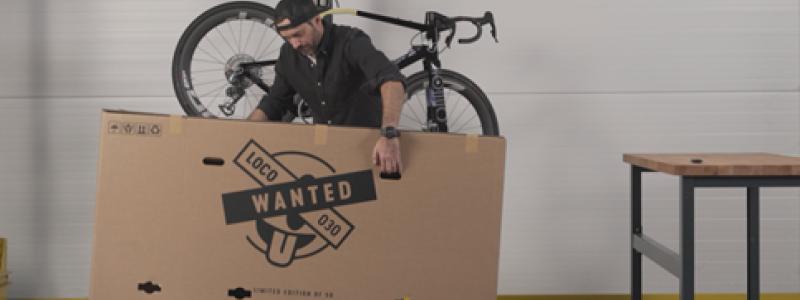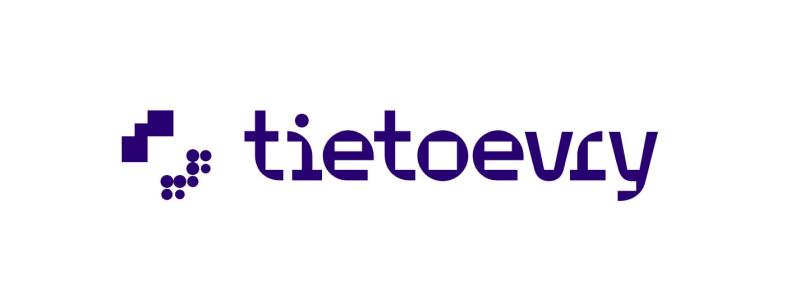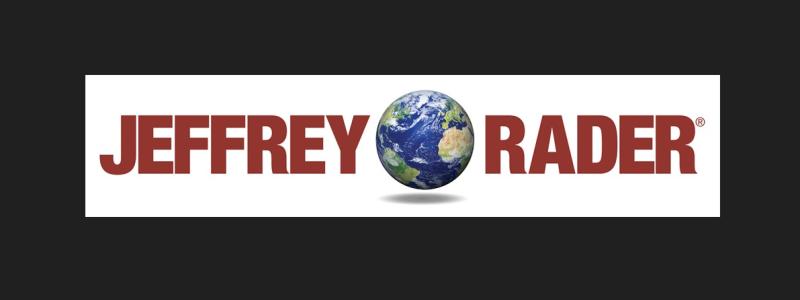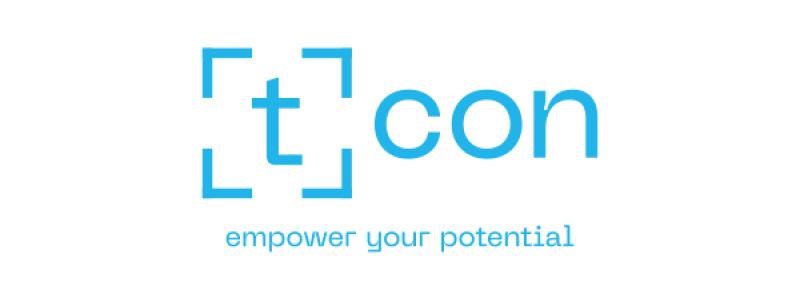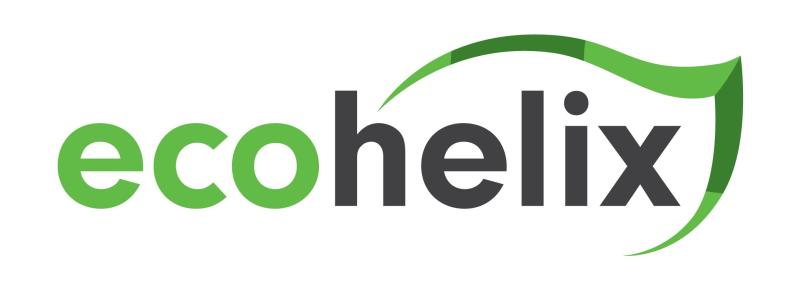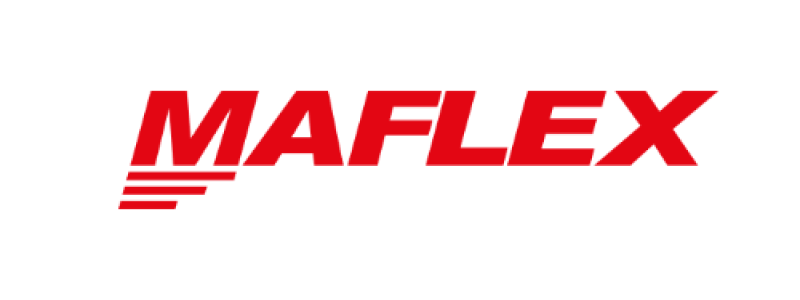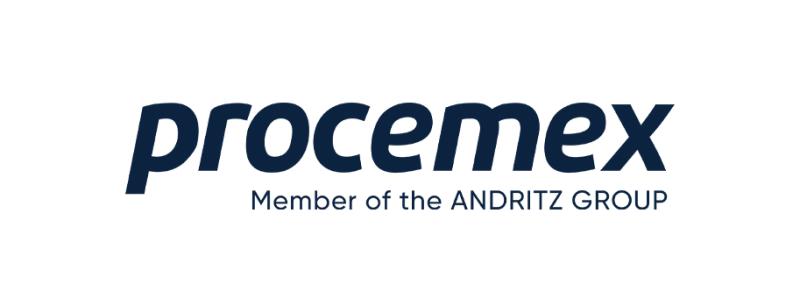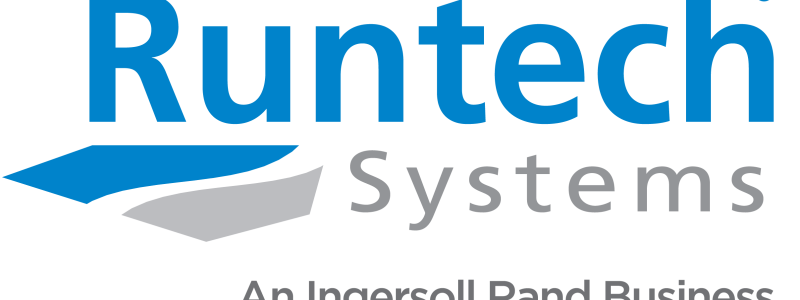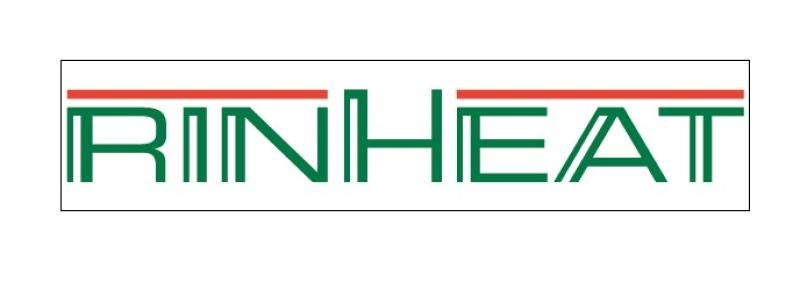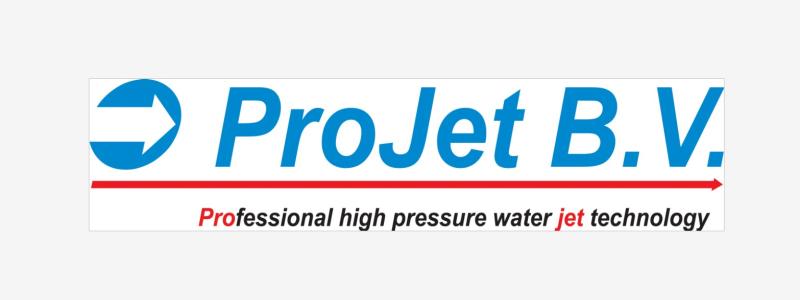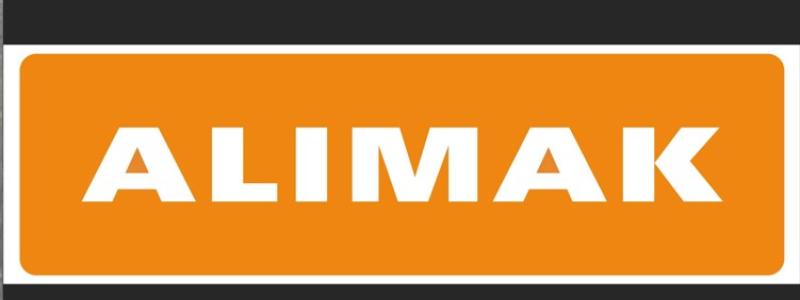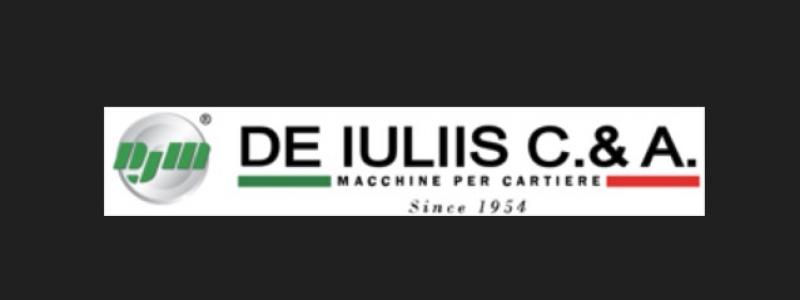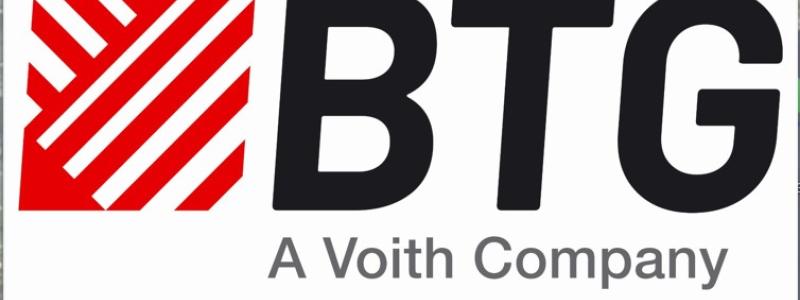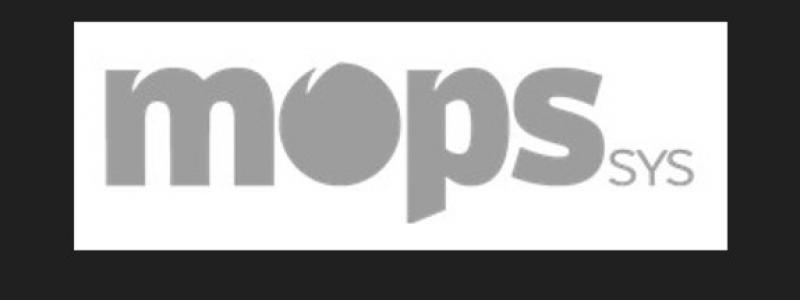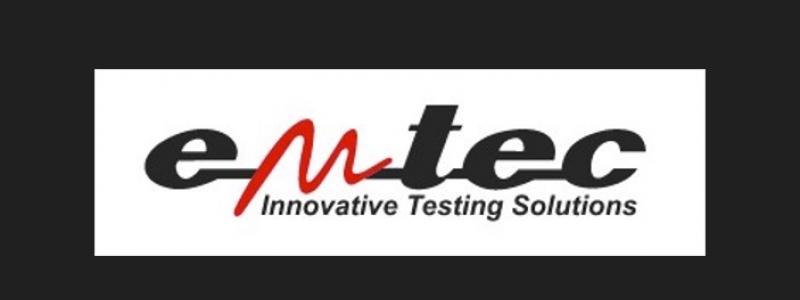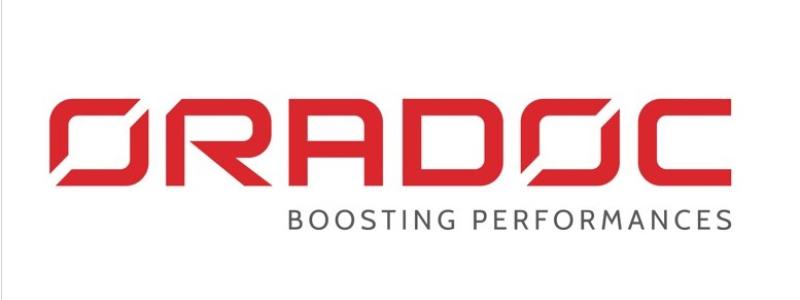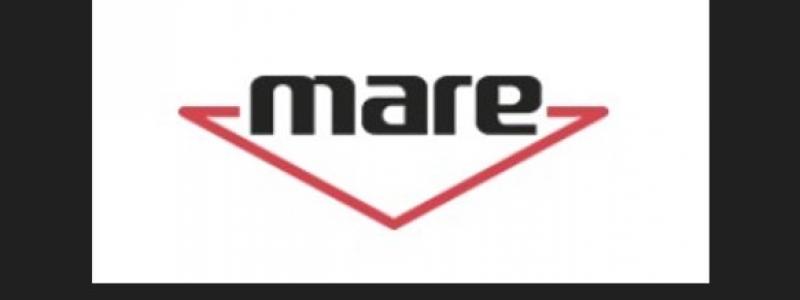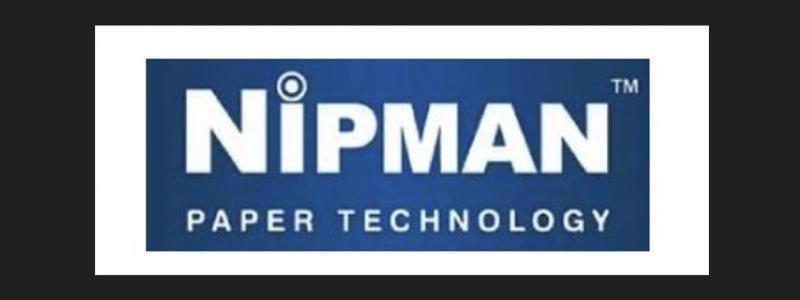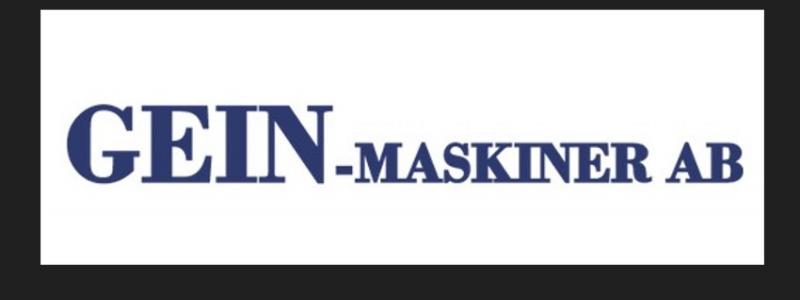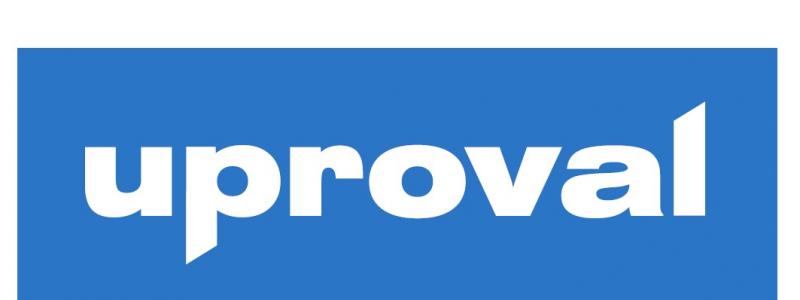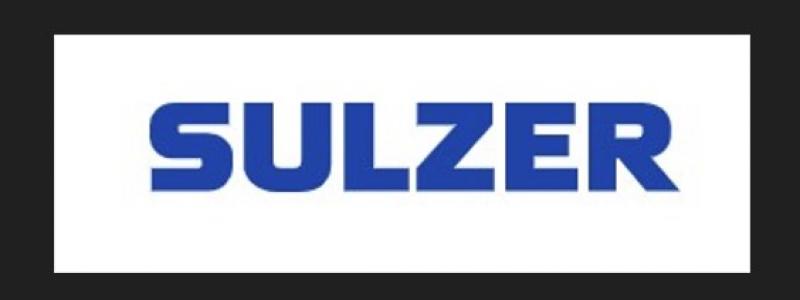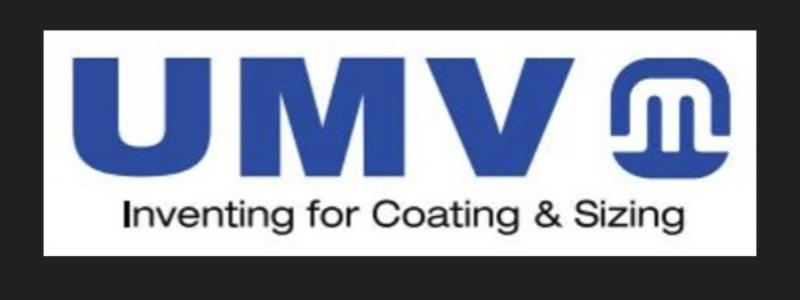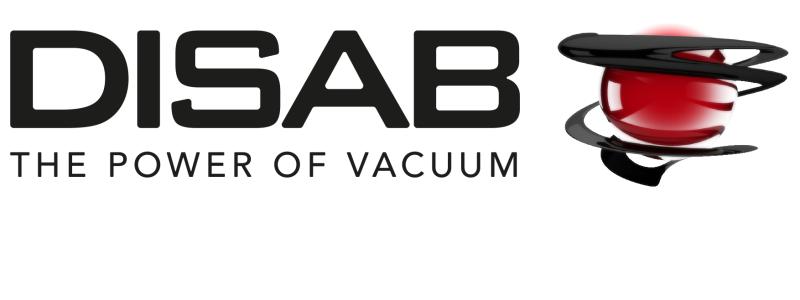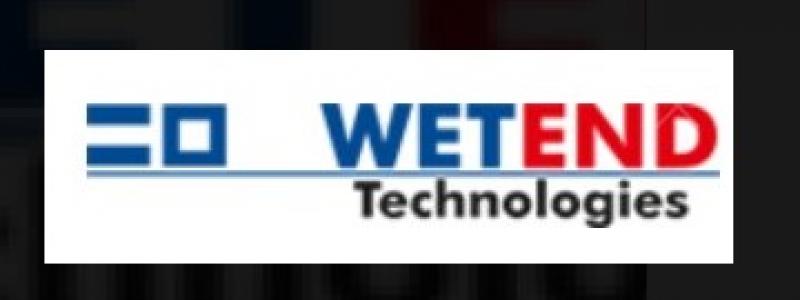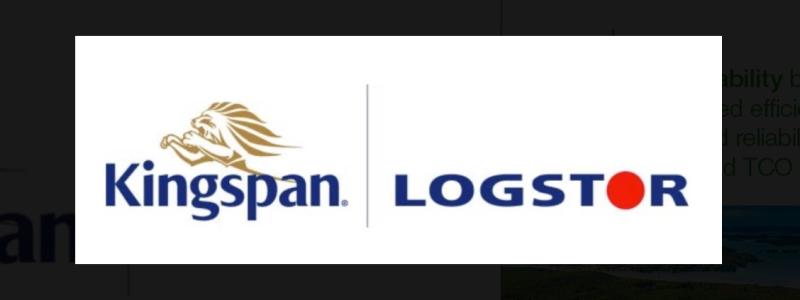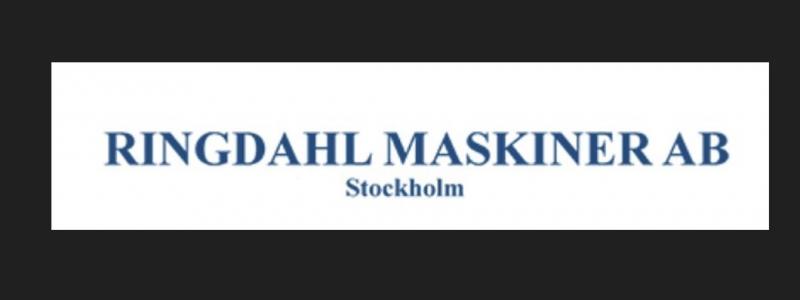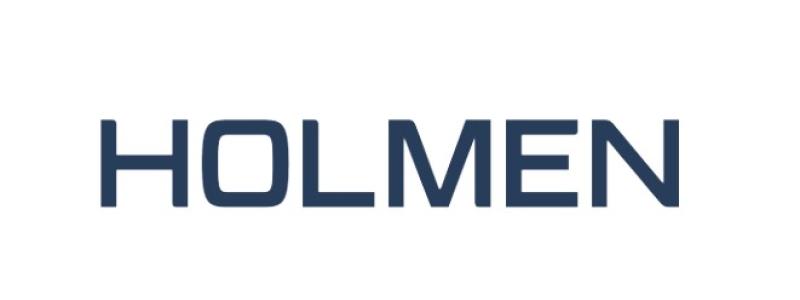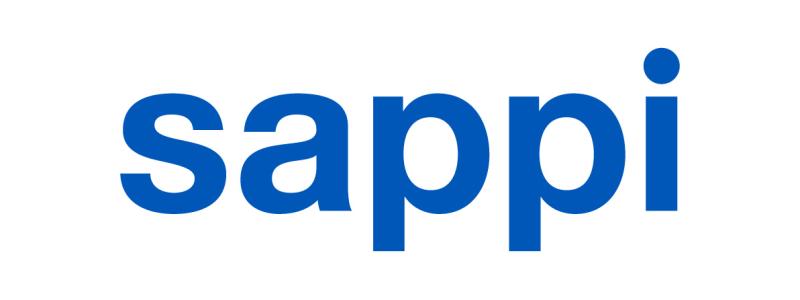Twenty novel technologies have scope to optimise production and open new revenue channels in the paper and board industry across the next decade, according to the latest research from Smithers. The impetus to innovate is being stimulated by multiple long-term drivers, and in the short term by the need to react to the Covid-19 pandemic.
Based on an exclusive survey of experts and opinion formers from all stages of the paper industry – Ten-Year Forecast of Disruptive Technologies in Paper and Board to 2030 – identifies and profiles the top 20 such technologies. This includes a dedicated examination for each of their:
Likelihood of technical success by 2030
Likelihood of wide implementation by 2030
Financial impact if fully implemented.
The leading disruptive technologies identified can be grouped into four overarching trends:
The impact of the Internet on consumer behaviour is being seen in a boom in Internet shopping and e-commerce, as an existing market trend has received a major boost from coronavirus lockdowns. This is stimulating a demand for more paperboard packaging for use in safe, secure delivery that can also engage with the consumer. Simultaneously, a move from physical to electronic media in advertising is eroding demand for graphic papers and media.
The digitisation of the paper and board industry covers eight of the top 20 technologies identified. Many of these are complimentary or mutually supportive as companies strive to improve papermaking efficiency and precision, and embrace Industry 4.0 concepts. This includes the use of intelligent & smart sensors, which generate data for Big Data analytics of in-plant processes linked to artificial intelligence (AI) or machine learning (ML) systems, and the wider use of robotics in finishing, converting, warehousing and recycling.
Paper and board substituting for plastic in packaging is a key opportunity for the industry, as governments and brand owners issue commitments to cut their use of non-recyclable polymer formats. Paper suppliers are diversifying product portfolios with new grades to replace non-recyclable plastics in multiple packaging applications; a move that will be supported by the availability of more recyclable barrier coatings developed from bio-based materials for paper formats.
Transformation within the paper and board industry will see more paper machines conversions from newsprint and graphic papers towards packaging grades; a process that has been accelerated by the Covid-19 pandemic.
In the longer term, there will also be a demand for the further lightweighting of packaging boards. There will also be greater use of mechanical and hardwood pulps, including the integration of cellulose fibrils (CF) and microfibrillated cellulose (MFC) to boost strength, while reducing overall weight. There will also be scope for new products made utilising the unique properties of kraft lignin.
The market outlook for all these technologies are assessed critically and ranked authoritatively in the new Smithers study – Ten-Year Forecast of Disruptive Technologies in Paper and Board to 2030. This includes dedicated profiles of each, including prospects and routes to market across the next decade; and contextualised by specific analysis on the immediate impact of the Covid-19 pandemic.

